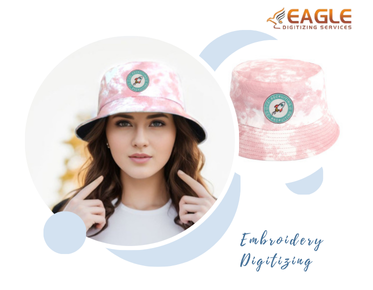Understanding and Creating Vector Images
In the world of digital graphics and design, vector images serve as an indispensable tool. Vector images are graphics created using mathematical equations to form shapes such as lines, curves, and polygons. Unlike raster images that are made up of individual pixels, vector images are path-based, which allows them to be scaled infinitely without any loss of quality. This aspect makes them ideal for logos, illustrations, and graphic designs that require resizing. With vectors, designers can ensure impeccable quality and precision in their artwork.
What Makes Vector Images Unique?
Vector images maintain their clarity and sharpness regardless of size because they do not rely on straightforward data like pixels. They are defined mathematically, meaning an image can stretch or shrink extensively while maintaining the exact proportions and detail integrity. Common formats for vector graphics include EPS, SVG, AI, PDF, and CDR. These formats distinguish themselves from the likes of JPG or PNG, which are used for raster images.
Applications and Advantages of Vector Images
Vectors are highly suited for applications requiring many image renditions or sizes, such as branding materials, marketing graphics, and products requiring numerous prints like t-shirts or mugs. Their scalability also makes them ideal for screen printing and other forms of printing where maintaining sharpness is crucial. For example, if you want your company's logo on a billboard, a vector format is essential. They are also beneficial for CAD (Computer Aided Design) programs and digital illustrations used in various industries.
Eagle Digitizing and Vector Conversion Services
Eagle Digitizing is well-known for its excellent service in converting raster images into high-quality vector format. Known for their meticulous attention to detail, Eagle Digitizing transforms complex designs into clean, scalable vector images. The process involves techniques such as vector tracing, background removal, and color correction, ensuring top-notch quality for clients ranging from print shops to marketing agencies and graphic designers.
Getting Started with Vector Image Creation
With a growing demand for vector art, learning to create these images can be a highly beneficial skill. Here is a basic guide on how to get started with vector creation:
Choosing the Right Software
The journey to mastering vector creation begins with selecting the appropriate software. Popular options include Adobe Illustrator, CorelDRAW, and Inkscape. Each of these programs offers a full suite of tools designed to create precise vector graphics. Adobe Illustrator, for example, is known for its industry-standard status and powerful features, but Inkscape is also a strong option with its open-source appeal.
Basic Techniques and Tools
Learning to use the 'Pen Tool' is essential, as it's pivotal for drawing and defining shapes. Another useful tool is the 'Shape' tools which help in creating basic geometric forms quickly. Understanding layers is also critical, as they allow for the organization of different components of your illustration. Many software applications have tutorials that can guide you in using these tools efficiently.
Practicing and Refining Your Skills
Like any new skill, practice is vital. Start by trying to replicate simple shapes and gradually move to more complex designs. Engaging with online courses and community forums can also provide valuable insights and tips. Platforms like YouTube and sites offering vector art services online can be helpful for tutorials and guidance from experienced artists.
Beyond the Basics: Advanced Vector Techniques
Once familiar with the basics, consider advancing to more sophisticated techniques such as gradient meshes, pattern design, and custom brushes. These allow you to add depth and texture to your illustrations, elevate your designs, and extend the communicative power of your artwork.
Integration with Other Digital Systems
Advanced users may also explore how vector art integrates with other digital systems, such as 3D rendering software and digital painting environments. This integration can open up further creative possibilities and applications for vector art.
Exploring the Future of Vector Graphics
The future of vector graphics is promising, as digital technology continues to evolve. The introduction of augmented reality and virtual reality environments offers new platforms where vector graphics can shine, given their scalability and clarity. As the demand for high-quality digital content increases, mastering vector art becomes more crucial for aspiring designers and marketers. Embracing this technology not only enhances current design capabilities but also prepares you for future advancements in digital media.
By staying updated with the latest trends and continuously improving your skills, you can ensure that you are well-prepared to leverage vector graphics' potential, whether through professional vector conversion services or personal creative projects.
.png)

.png)
